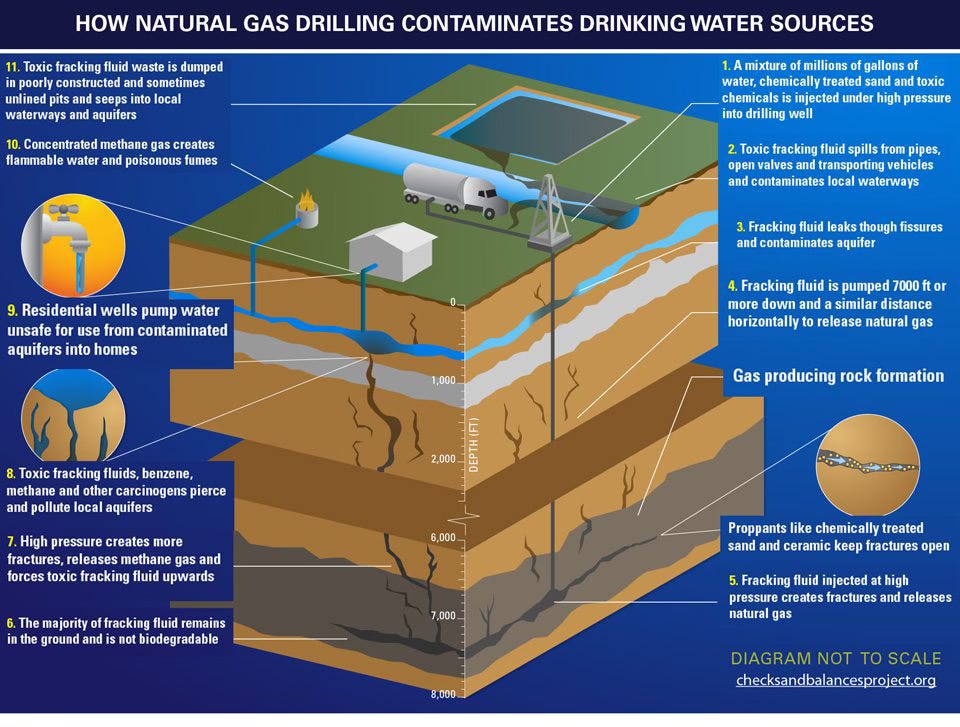How concerned should we be about the air we breathe?
New studies strengthen the link between toxic Airborne Ultrafine Particles (AUPs) and specific types of brain cancer.
While brain tumours are still considered rare, we are continually learning more about potential causes, whether as direct or contributory factors.
Ever since my own diagnosis, my naturally inquisitive nature has led me to look into cancer clusters, as is evident in my podcast series, The Human Guinea Pig Project, where I covered the McCullom Lake brain cancer cluster.
Since then, I've thought carefully about possible carcinogenic exposures from air, water, viruses, pharmaceuticals, and our food system. I’ve written about these topics before, including a previous post where I explored my own theories on how I might have developed brain cancer. In another episode of my podcast, one of two devoted to this subject, I discussed how certain medical products can enter freshwater systems.
For instance, I touched on the fact that rare earth metals like gadolinium, used in medical imaging contrast agents, have been detected in freshwater reservoirs - mainly in metropolitan areas across the world in developed nations, including Japan, the USA, South America and several European countries.
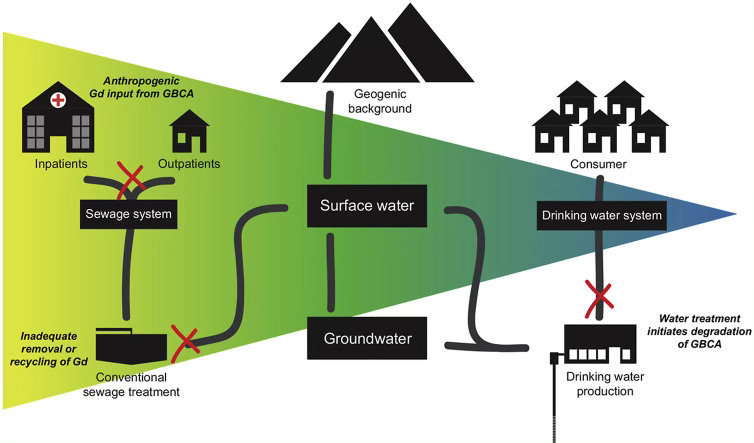
This issue has been bubbling under the surface for some time now …and where we sit currently, in 2024, the wide ranging devastation to freshwater ecosystems is only just beginning to be studied in more depth, with serious measures being considered to tackle this ever worsening problem.
I predict the issues surrounding contamination of our water systems with these medical products will become a major population health concern in the not too distant future, if it isn’t already, though those with influence will remain silent, unless a major scandal emerges.
A similar phenomenon has emerged over the past couple of years, as the mainstream media in the UK is now revealing the extent by which our fresh water reservoirs are being contaminated with raw sewage.
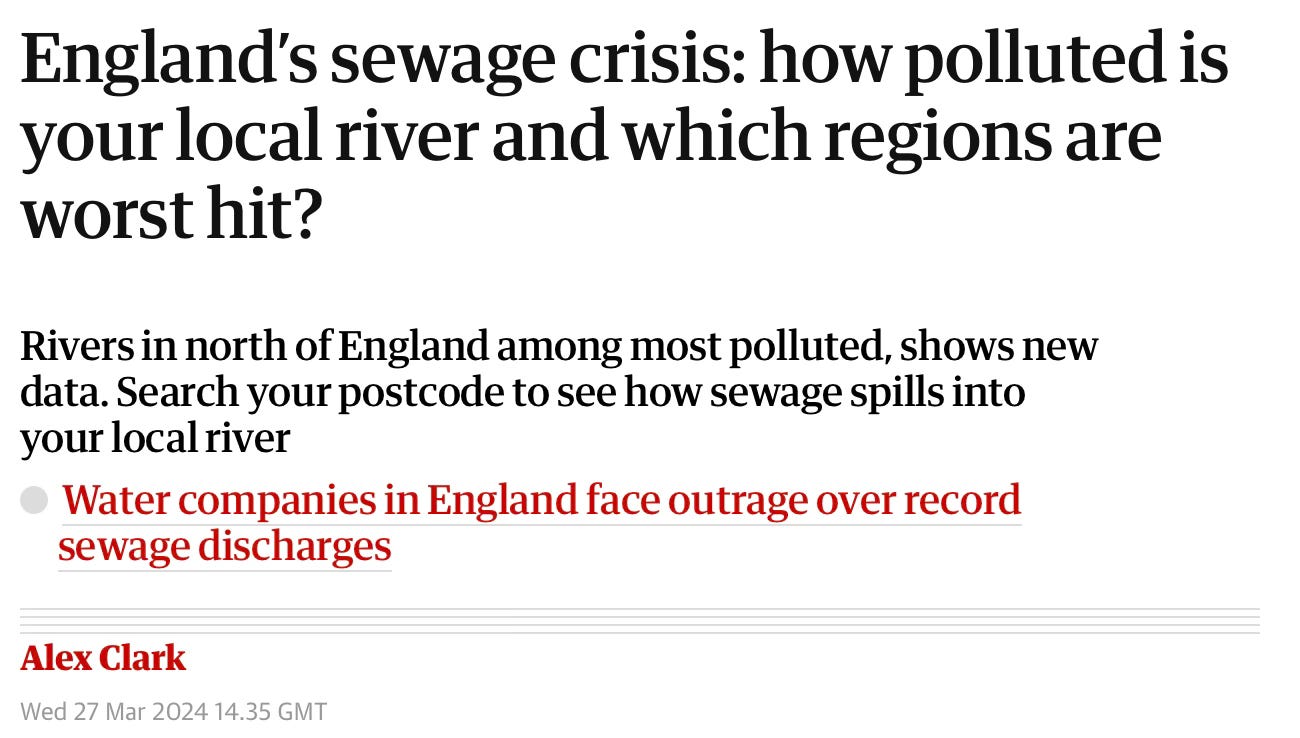

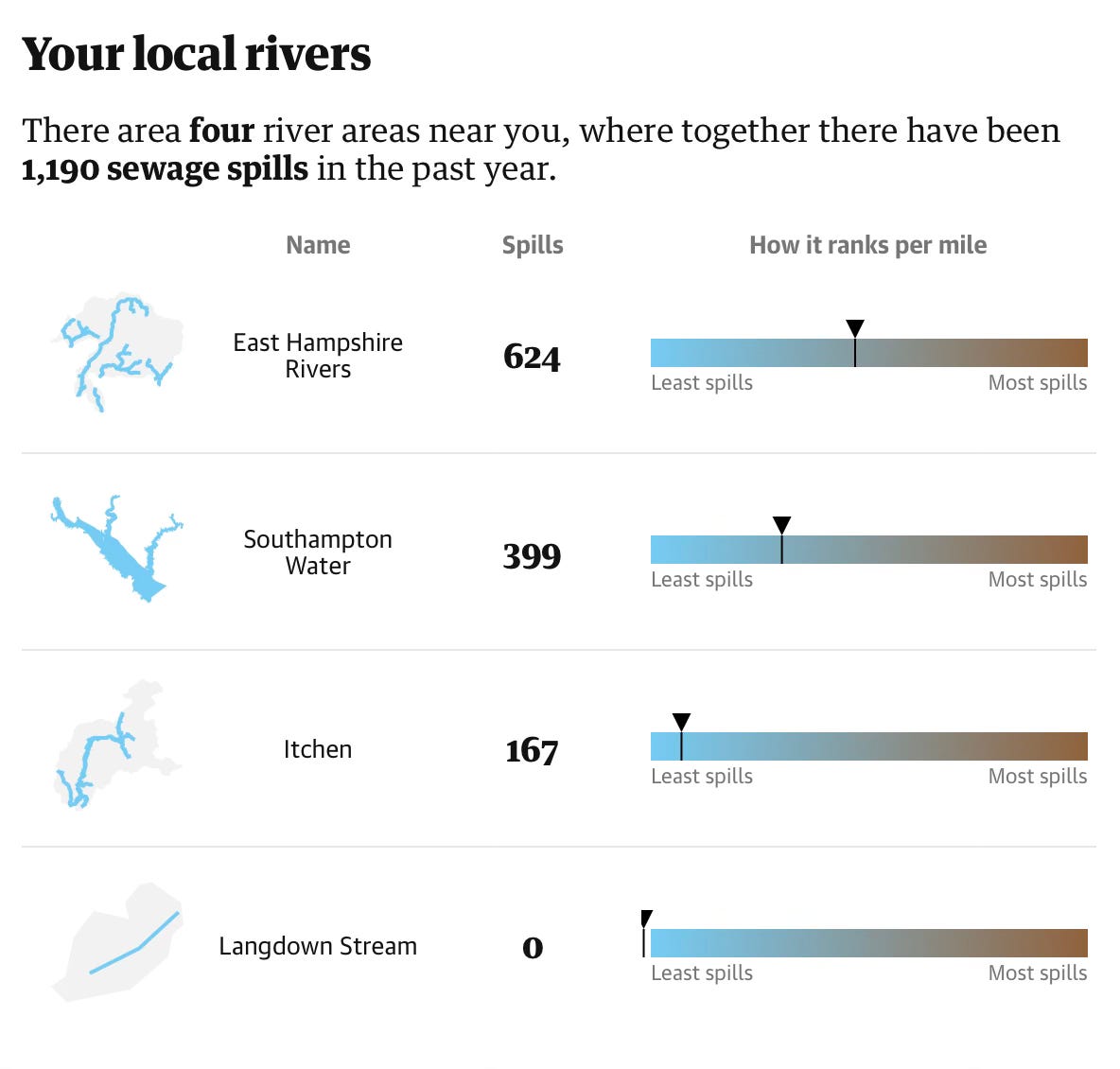
While water is a major source of exposure to potential carcinogens and endocrine disruptors, so is the air we breathe
The potential for carcinogenic exposure through the air we breathe is of particular interest to me. This is predominantly due to the fact that airborne particles can readily reach the lungs and brain via the nasal passages. This ease of accessibility highlights a real vulnerability, especially when these particles are small enough to cross the blood-brain barrier without any detectable warning, such as a noxious smell or visible presence.
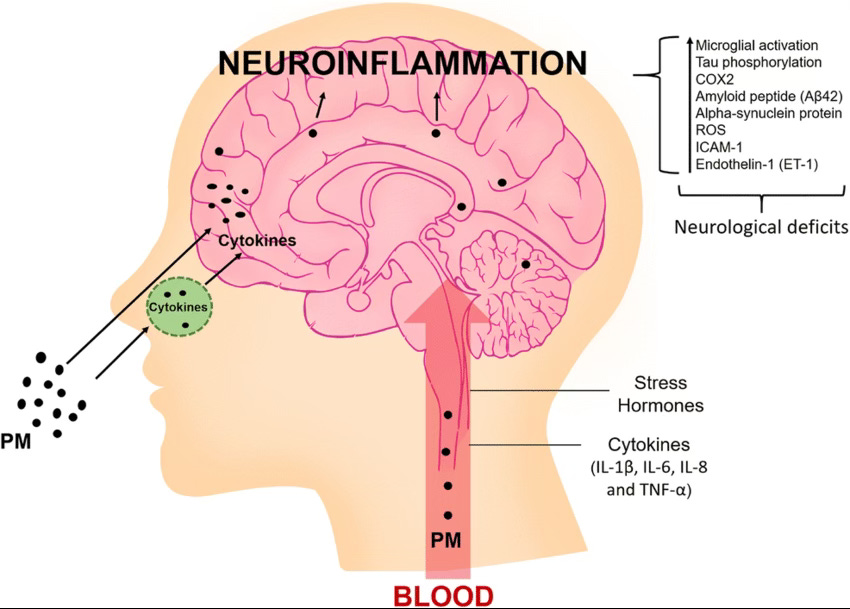
Sometimes there is actually a smell, which is a good thing, as it can act as a warning. Residents involved in the McCullom Lake brain cancer cluster reported a smell akin to that of rotten eggs, which was lingering in the air before tests were undertaken to confirm any suspicions of exposure to carcinogenic compounds.
In my investigation into the McCullom Lake cancer cluster, we examined the link between volatile organic compounds (VOCs), specifically trichloroethylene (TCE) and vinyl chloride, which were strongly associated with brain tumour formation - though some other cancers were also linked to a lesser degree, including lung and thyroid cancers. Since then, there have been reports of several smaller cancer clusters through similar exposures in baseball, predominantly linked to artificial turfs, with others in schools and even laboratories.

For further context, “VOCs” are organic chemicals that have a high vapour pressure at room temperature, allowing them to evaporate into the air. It is important to establish this fact before we move on (their presence as a vapour), because it is the ultra fine particles that we need to be aware of. With that, we also need to gain an appreciation of the source, and what we can do about it to reduce toxicity and prevent exposure.
Where can we find these toxic exposures?
I mentioned trichloroethylene (TCE) and vinyl chloride, two compounds largely considered responsible for the brain cancer cluster at McCullom Lake. These substances are known for their high volatility and are commonly found in industrial solvents or as by-products of manufacturing processes.
It’s no surprise to me that these compounds were implicated in the McCullom Lake scandal, as exposure can be common in groundwater, particularly in areas near industrial facilities. As a side-note, it is also why I’m firmly against practices like fracking. Many people fail to recognise that fracking is not just an environmental issue but a significant public health concern.
Fracking, or hydraulic fracturing, can release carcinogenic VOCs into groundwater and the surrounding environment. The process involves injecting high-pressure fluid into shale rock formations to extract oil and natural gas, which can disturb existing contaminants or cause the chemicals used in the process to leach into nearby water sources.
Contamination isn’t uncommon, and it devastates communities that are affected, as highlighted in several high profile cases in Pennsylvania in the USA. - Examples include the small town of Dimock where uranium, along with other contaminants such as copper and arsenic were found in the drinking water, and the Cecil Township cancer cluster, where an unusually high prevalence of rare cancers were associated with toxicity from fracking.
I mention fracking because it was actually a major topic in the upcoming US election, and many people remain unaware of the health risks associated with this practice.
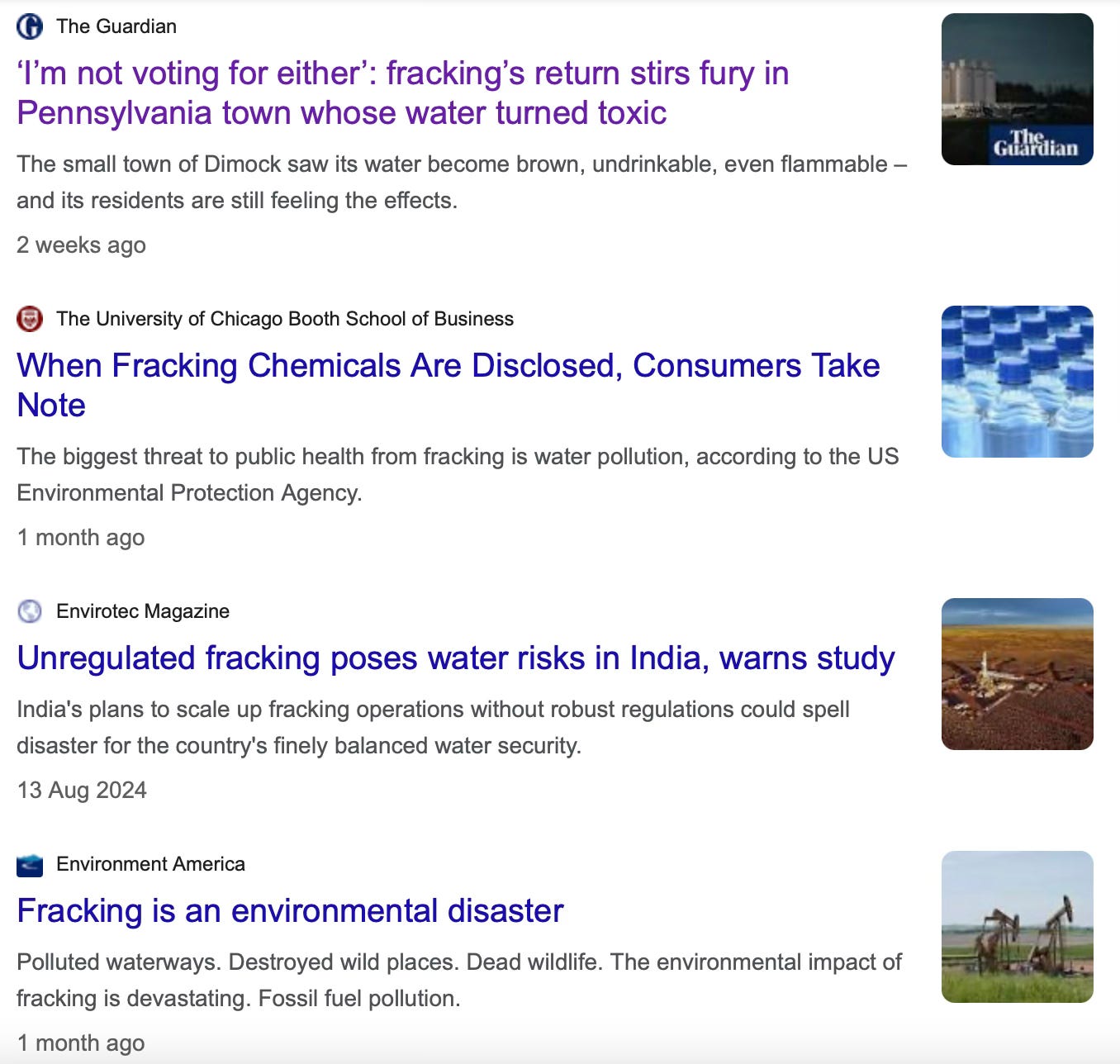
Occupational exposures to VOCs
Keep reading with a 7-day free trial
Subscribe to Andrew’s Substack to keep reading this post and get 7 days of free access to the full post archives.

